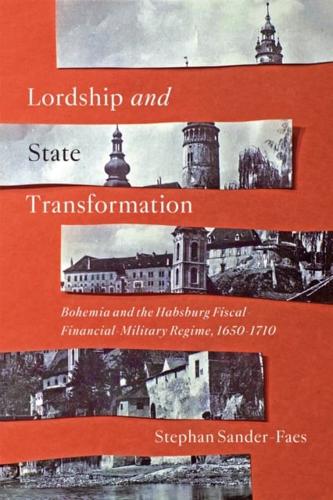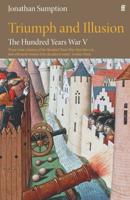Publisher's Synopsis
Although state transformation - continuous struggle and bargaining between rulers and their subjects, producing an unpredictable variety of political structures - is often overlooked, the process is crucial in assessing the organizational development of early modern composite monarchies and deserves further investigation.
In Austria, the monarchy's emergence as a great power required it to overcome several successive crises that culminated in the decades around 1700. The Habsburgs succeeded more by adjusting relations between Crown and lordships than through institution building. This unusual interaction of state and non-state actors resulted in an Austria that markedly deviated from the centralizing nation-state exemplified by Britain or France. The nascent Habsburg fiscal-financial-military regime transformed regional and local authority, leading to armed conflict and causing disintegration of the administrative and social fabric. From the mid-seventeenth century onward, power - whether local or central, or social or political - would undergo enormous changes.
Grounded in extensive research into Czech archives and spanning an era from the Thirty Years' War to the coronation of Charles VI, Lordship and State Transformation delves into the complex transitions that characterized the first instance of a balance of power in Europe, with a focus on its underresearched great power, the Habsburg monarchy.









